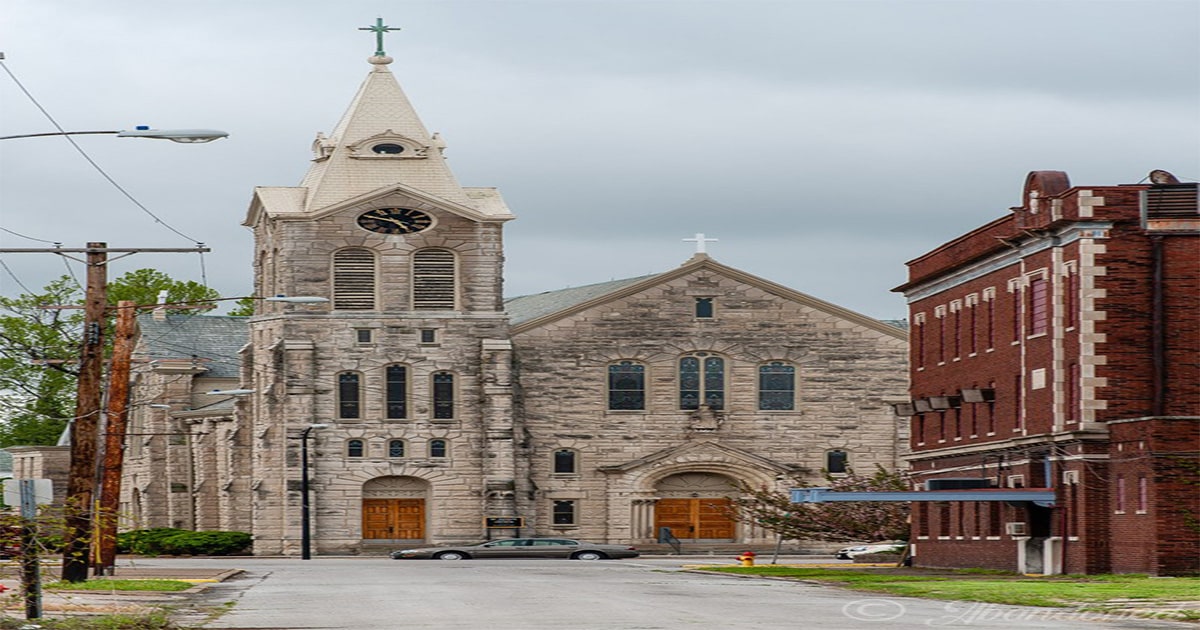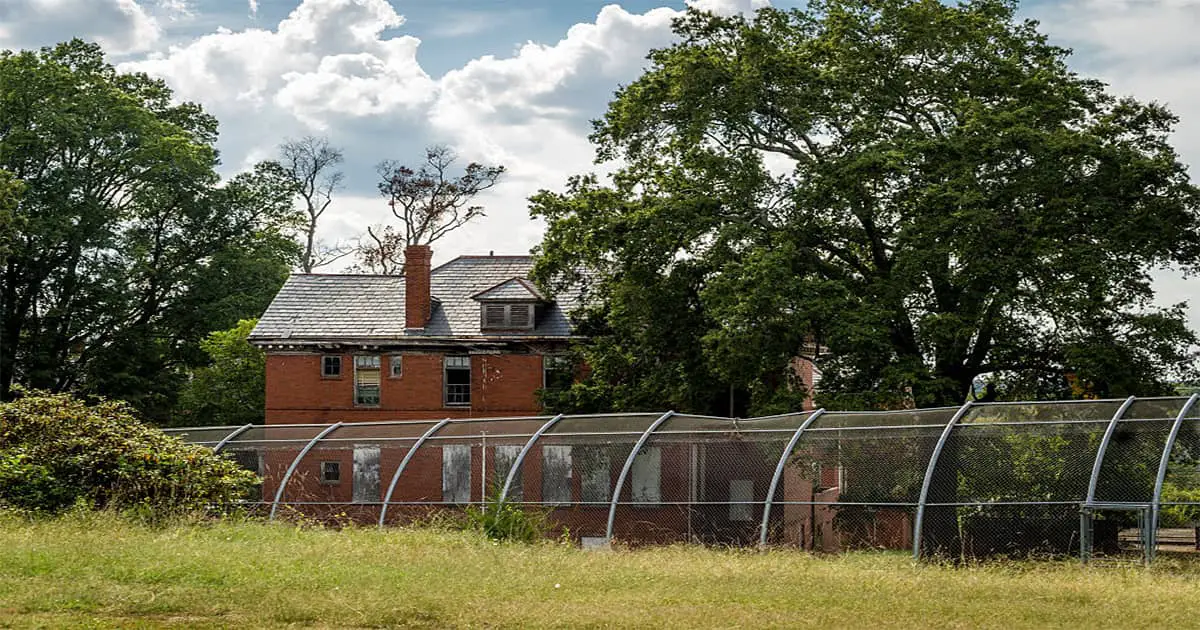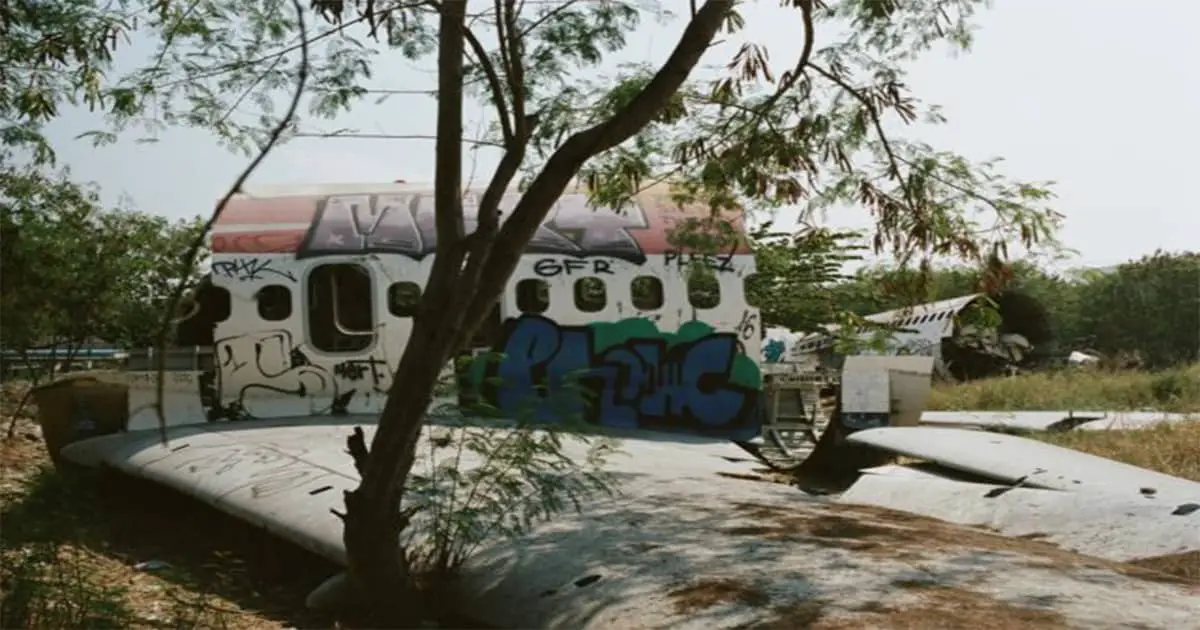Cairo (pronounced “Care-O,” is located near the intersection of the Mississippi and Ohio Rivers at the southernmost edge of Illinois. I was immediately intrigued by the abandoned roads and the crumbling buildings that are abandoned located in the weirdest and most sad cities I’ve been to.
As railroads traversed across the United States, some steamboat traffic was cut off, however Cairo continued to be an important station that was connected to numerous trains.
Cairo Masonic Lodge No. 237
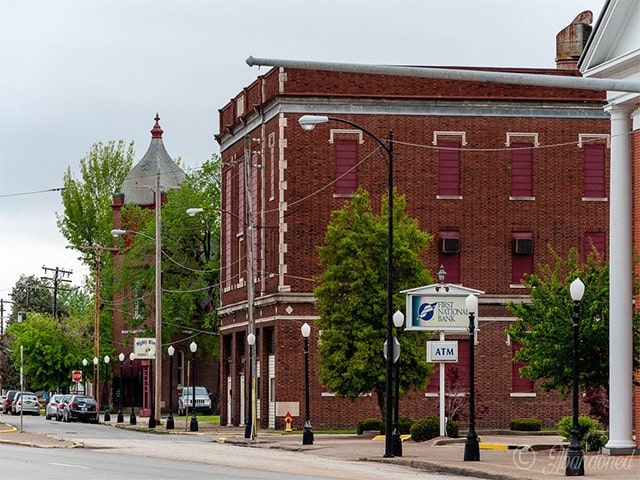
A once flourishing Mississippi River town with a long history of racial violence, is now a ghost town and largely abandoned.
Nowadays, however walking or driving through Cairo will show the city to be a bit empty. It was once bustling and bustling the downtown is now suffused with crumbling bricks and window panes covered with plywood. Cairo is in decline for years and the downtown business district is currently all boarded-up or crumbling away, or even removed. The decline has slowly been spreading “uptown” (northwest) into residential areas too.
Delta City Fire Company
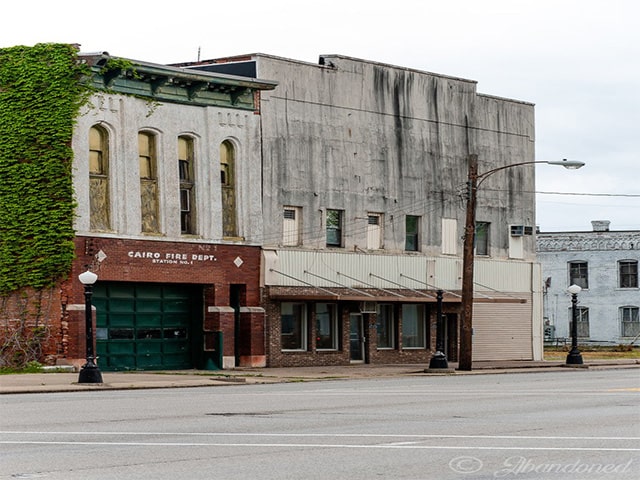
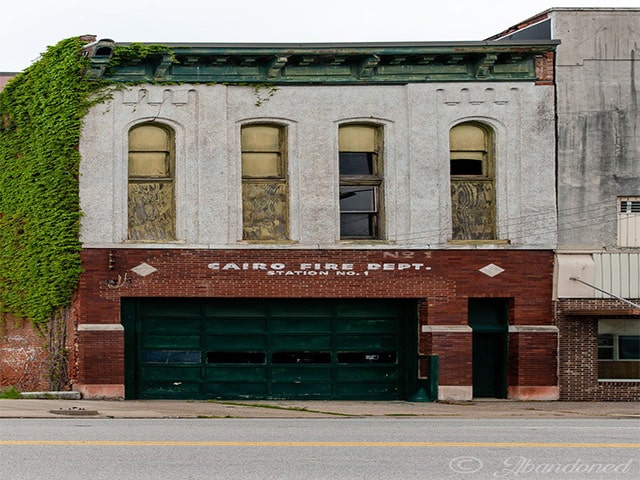
Cairo was on the verge of becoming an extremely sought-after transportation cities across the United States when trains and steamboats controlled the world of transit. Cairo is situated close to the junction between both the Ohio as well as the Mississippi rivers. Cairo had reached its height in the 1920s.
Railroad workers, ship builders and boat captains earned money in the booming city. In the Great Depression then arrived in Cairo and stayed there for the rest of its life. As the rest of the country started recovery in the late 1940s, Egypt’s boat – and railroad-dependent economy did not adapt to the increasing demand for the automobile.
Cairo has long and turbulent past of racial conflict. In the aftermath of after the Civil War, many formerly slaves Black people moved to Cairo to find jobs and a new way of life. However, many whites were not happy with the arrival of Black people. In the late 1960s, tensions between the races were continuously sparked.
There was a group called the White Hats, a vigilante white militia began to intimidate Black residents after the completion following the brutal murder the Black soldier by Cairo police being on leave at the time in Cairo.
Follow us on Reddit
Cairo Town’s History
The year was 1837. Darius Holbrook of Boston created his company, the Cairo Town & Canal Company near the confluence of the Mississippi and Ohio rivers. Seven years later, Charles Dickens dismissed its site as simply the term “dismal swamp.”
Bonds were issued to finance the company’s dry dock, levee as well as the shipyard, in spite of fact that the company had collapsed at the time of 1840. 7 Nevertheless, Cairo City & Canal began selling lots to build a town in the year 1853, but there was a slowing of sales until Illinois Central Railroad (IC) from Galena was completed in 1856. Cairo was officially established in 1858. By 1858, the city was home to 2 000 people.
in his book Huckleberry Finn, Mark Twain wrote of Cairo being”the “promised land.” 5 Cairo’s position at the southernmost point in the “free soil,” as and its position near the river was a major draw for African-Americans seeking refuge from the Confederate south.
In during the American Civil War, the Union established Camp Defiance in Cairo to be a supply base and training center, and its location near the rivers was vital to the delivery of supplies to soldiers. Also, it was the site from where general brigadier Ulysses S. Grant launched offensive operations in Kentucky as well as other states in the southern region.
The town was abandoned due to financial crisis, but its long history of tension between races and regular flooding didn’t aid. In during the Civil War Reconstruction period, former slaves migrated to Cairo.
There was always a lot of tension within the community, however when the ferrying and shipping industries decreased, employment opportunities became scarcer and racial conflict intensified.
Gem Theatre
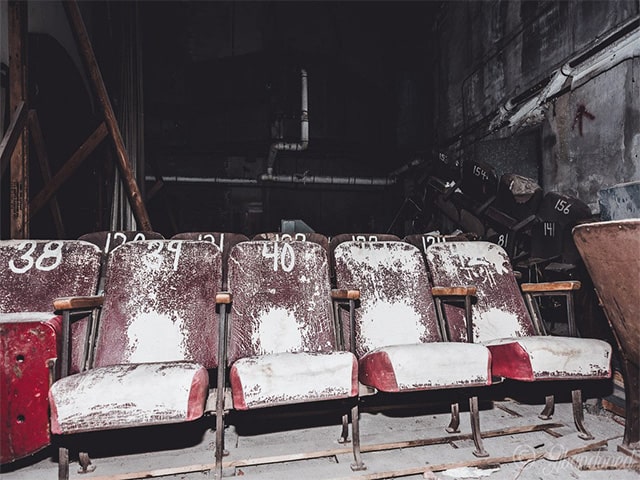
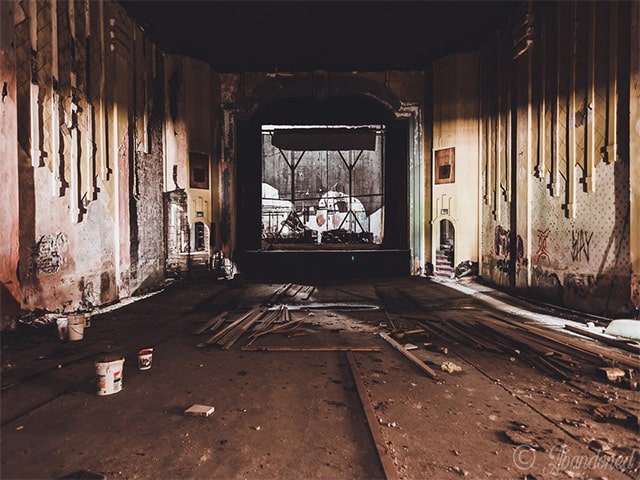
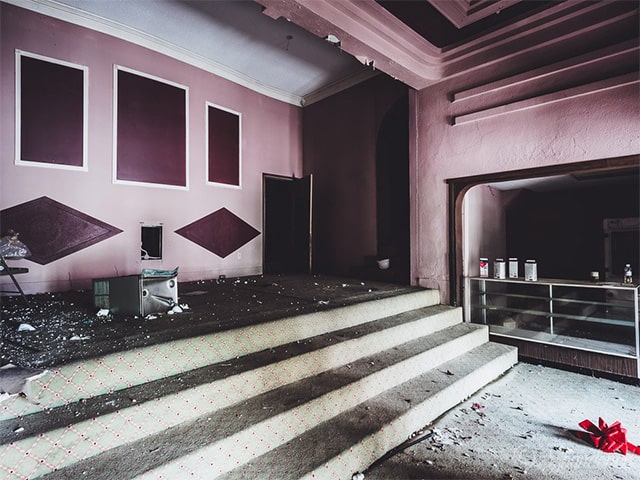
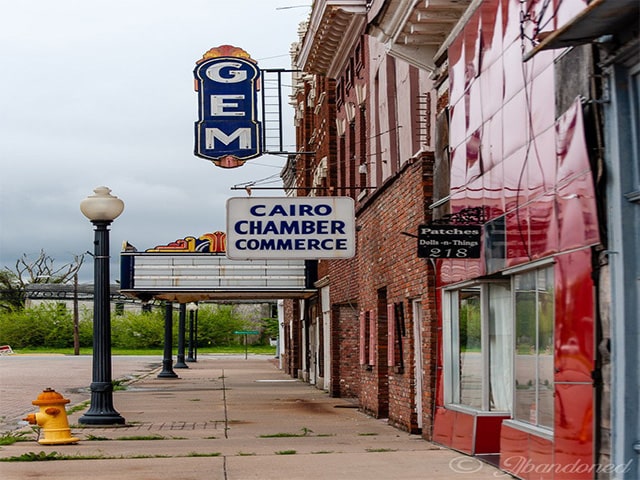
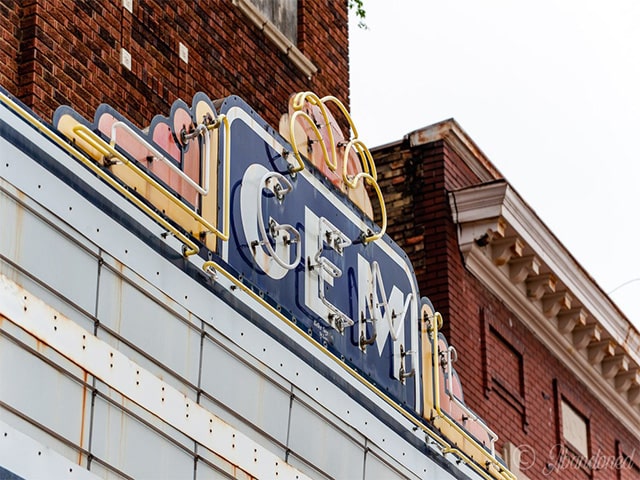
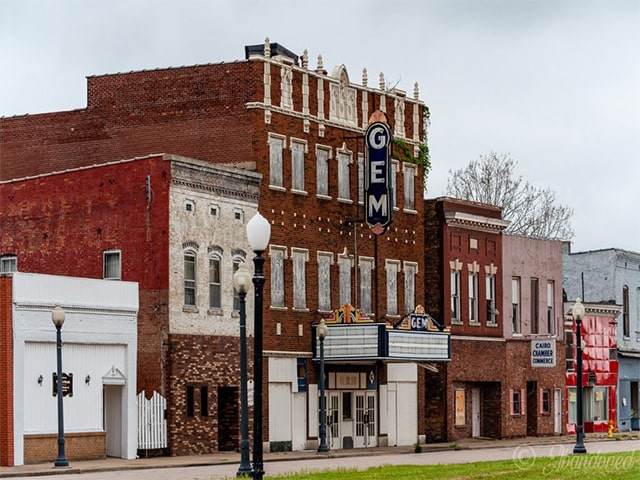
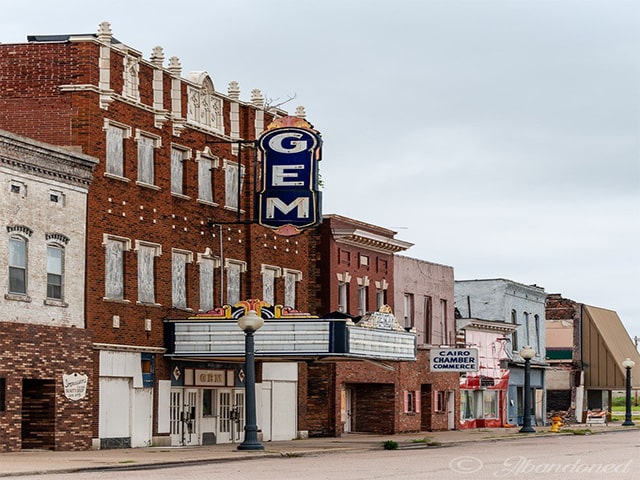
Despite efforts to revive and rejuvenate Cairo however, the once-thriving port city has been abandoned for the most part. The deteriorating, shuttered Cairo major drag can be seen as a stern time capsule that shows what the racial divide and lack of economic flexibility will do to any town.
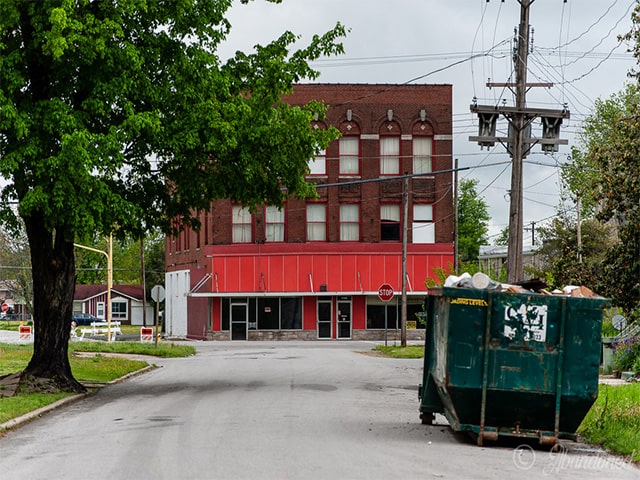
Lewis and Clark left Fort Massac, Illinois, and reached the area of what would eventually be Cairo in the month of November 1803 more than a century and half after. They worked together on their initial scientific research and descriptions, that was to study geography at the confluence of Mississippi as well as the Ohio Rivers.
The diplomatic phase of their voyage on November 16 , by traveling to Wilson City, Wilson City area of Mississippi County, Missouri, and getting together the Delaware and Shawee chiefs of the Indian tribe. On November 19 they concluded their survey in Cairo and then continued their journey up to the Mississippi River, now working against the current.
The first tentative settlement took place in 1818, in 1818, when John G. Comegys of Baltimore, Maryland obtained a charter from the Territorial Legislature to incorporate the city as well as the Bank of Cairo. He acquired 1,800 acres on the peninsula and renamed the area “Cairo” because it was believed to be a resemblance to Cairo, Egypt.
Shadrach Bond was one of the early governors in Illinois was a partner with Comegys. These men, as well as others, made investments in and tried to build Cairo as one America’s most important cities.
St. Patrick Catholic Church
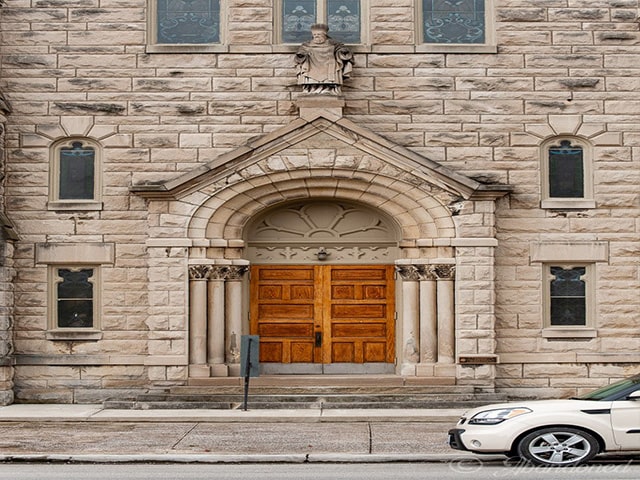
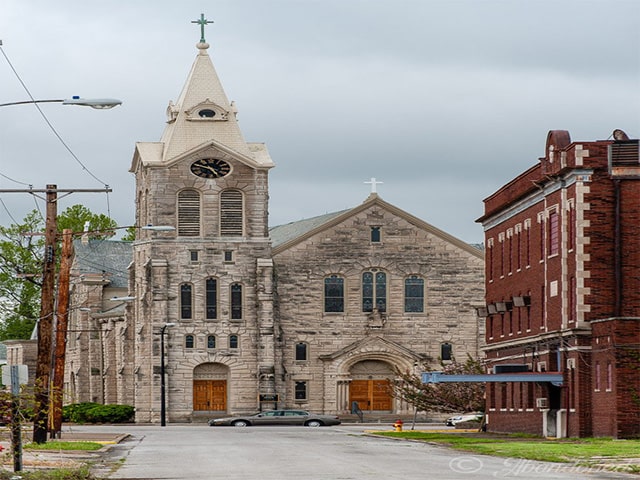
The St. Patrick Parish was established in 1838 and its original building was the first church in Cairo. 15 After outgrowing through two smaller structures, a larger Romanesque-style church building was constructed of Bedford limestone at the corner of Washington Avenue and 9th Street in 1894. The two-story structure featured the main sanctuary upstairs with a smaller chapel and parish hall downstairs. The sanctum includes 16 stained glass windows depicting the birth of Christ, the crucifixion, and various saints, along with four original oil paintings of the archangels St. Michael and St. Gabriel, and St. Peter and St. Paul. The land of the peninsula was to split into parcels and then sold and a portion of the proceeds being used for improvements and the remaining towards the bank’s capital. The peninsula was survey and the city was laid out.
The city was laid out when Comegys died in 1820 but his plans fell apart along with his. However, he left behind a legacy through his choice of name Cairo and, consequently, “Egypt” became a well-known nickname for southern Illinois.
Southern Medical Center
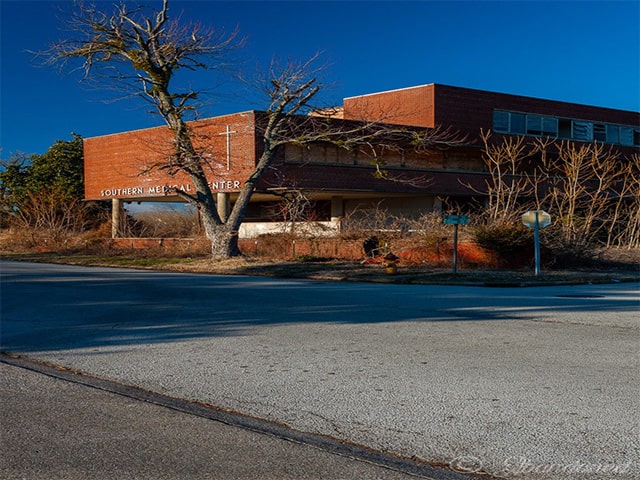
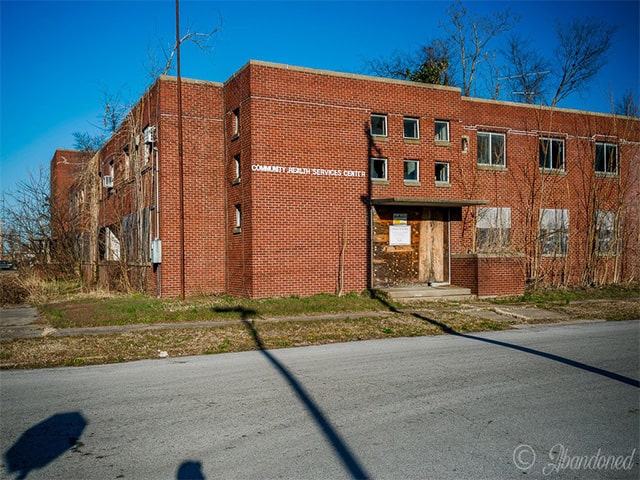

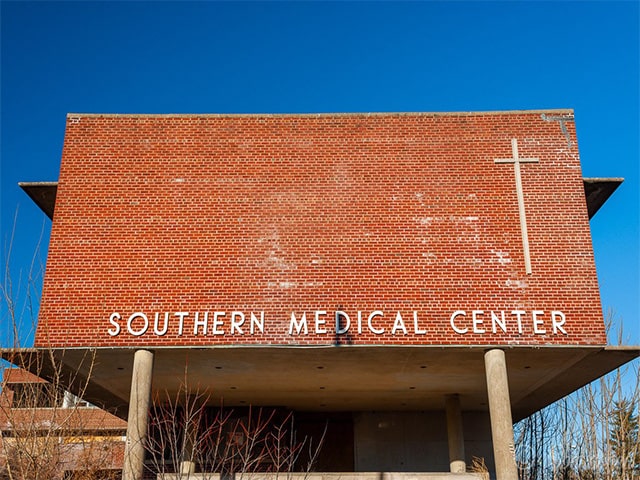
The Cairo City and Waterway Company was founded around 1837, by members of the Illinois State Legislature, with Darius B. Holbrook, an experienced businessman of Boston, Massachusetts, as the president. Holbrook quickly recruited hundreds of laborers to construct levees and a dry dock.
An industrial shipyard, sawmills an ironworks, a massive frame hotel that was two stories tall as well as a warehouse and numerous homes for residents. The boat was used as an establishment.
The future of the city was promising when the Central Illinois Railroad brought a huge number of people into the region in the vicinity of Cairo. In the meantime, many farms were being constructed and the surrounding villages were prospering.
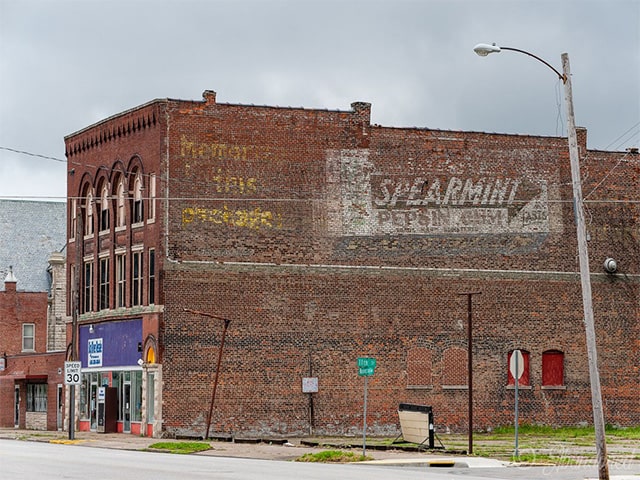
The announcement was widely reported throughout England and the United Kingdom, in which it was widely reported that the Cairo City and Canal Company bonds were able to attract enthusiastic purchasers through the London company that was owned by John Wright & Company.
But when the London firm failed in November 1840 the then-new city of Cairo fell by a third in size, shrinking from 1000 to less than 200 residents in just two years. People who remained operated taverns and shops for steamboat passengers. According to census data from 1845 the population was 113 within 24 families.

“The “town” languished for more than a decade. However, after 1853 the firm began to sell lots ahead of arrival of the railroad in the region. It was the Illinois Central Railroad, which was the only railroad that connected Cairo with Galena, Illinois in the northwest corner of the state, completed in 1856 and the town began to expand.
In the past, Cairo could be expected outperform St. Louis, Missouri, Louisville, Kentucky, and Cincinnati, Ohio as an urban city. Many even suggested that Cairo be declared capital of the United States’ capital. In spite of these assertions however, the city did not gain the same amount of success.
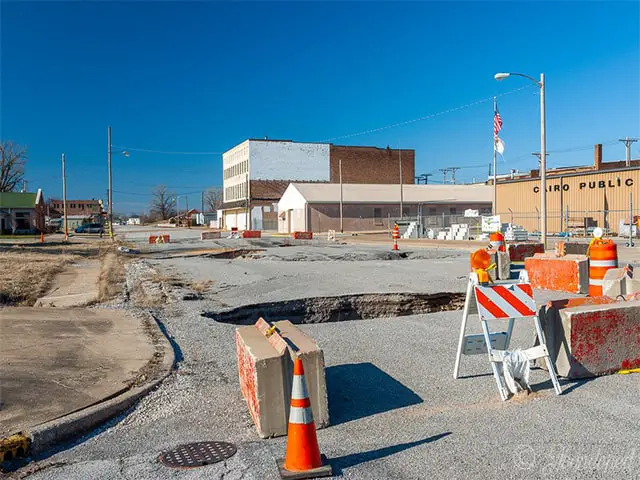
The town was officially incorporated in 1858. Its population reached 2,000 after. When supplies and goods were shipped further south towards New Orleans, it quickly became a major steamboat port. 6 million pounds of wool and cotton as well as 7,700 barrels of molasses and 15,000 sugar barrels were shipped out of New Orleans in the year 1859.
Cairo was designated County Seat of Alexander County in 1860. In 1865, a beautiful courthouse was built. It was operational until the 1960s after which it was destroyed and replaced by a brand new one.
Before the Civil War, the city was also a key city along the Underground Railroad. Following that the Illinois Central Railroad was completed and fugitives were sent across the river to the north prior to being transported onto railroad tracks that were heading towards Chicago.
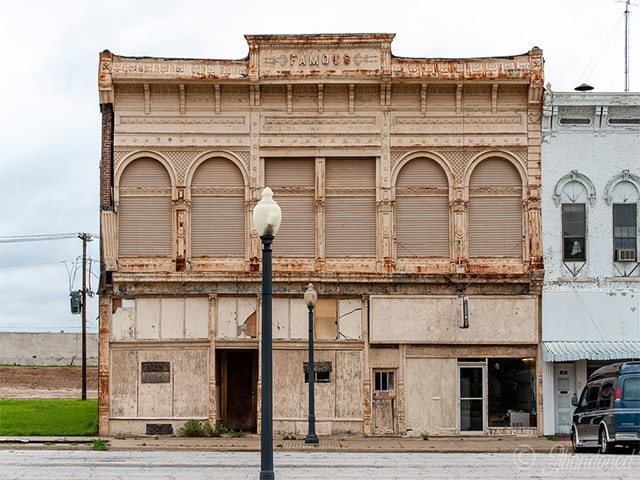
On June 28, 1998 Cairo officials discovered what seemed to be storage bins beneath the sidewalk on the 600-block of Levee Street, more than 100 years and a half after the discovery.
They were part of the Illinois Central Railroad ran down the street in the beginning and the buildings are believed to date back to the 1850s. According to evidence found in the ground the rooms as well as the tunnel that ran alongside them were able to run for 5 or 6 blocks down the road. They were used to conceal and move slaves who had fled.
The largest and most popular hotels in town were constructed in 1858, on the northwest corner 2nd and Ohio Streets. It was the St. Charles Hotel first opened its doors in the month of January 1859. In the Civil War, it served as the headquarters for generals Ulysses S. Grant and John A.
McLernand, and was often filled to capacity. In 1880, The Halliday Brothers purchased the business and significantly improved it and renamed its name to”the” Halliday Hotel. For a long time it was known as the most luxurious hotel in the town. However, it was destroyed by a fire in 1942.
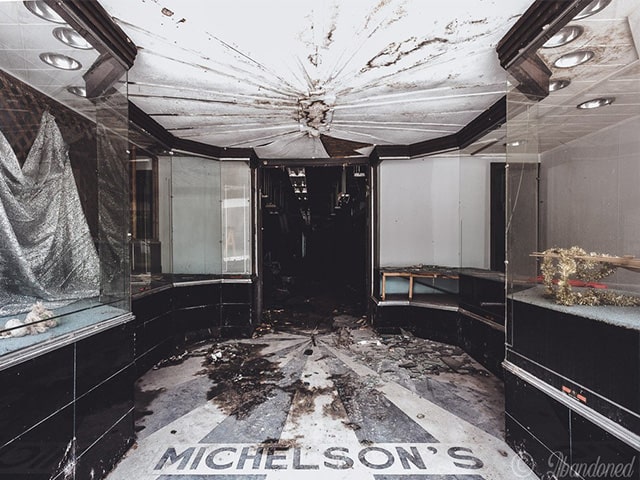
The population of Cairo had increased to 2200 people by 1861 at the time that it was the year that Civil War began, with only 55 African-Americans living there. The port rapidly was a major supply point and training center to army personnel of the Union army. General Ulysses S. Grant and Admiral Andrew Foote both had headquarters in town for a period of time. In the turbulent times there were several federal regiments stationed in the town as well.
The Confederate states understood its strategic importance , too. Conscient of the importance of this fact, Illinois Governor Richard Yates sent 2,700 troops for Cairo from Springfield and brought with him 15 pieces of artillery for the field as well as a number of 6, and a cannon weighing 12 pounds.
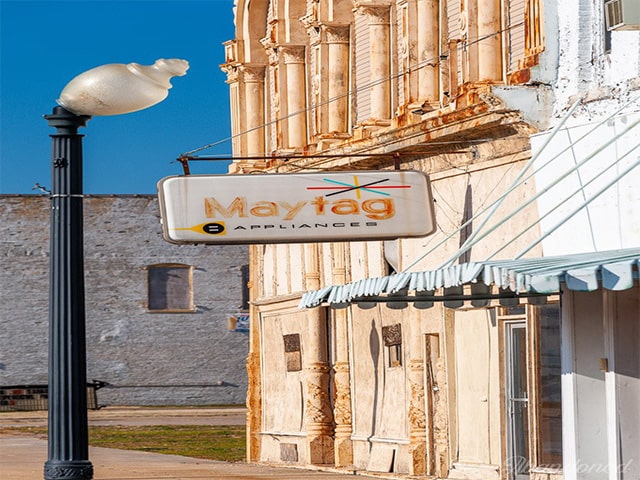
There were additional troops stationed in the vicinity as well as more than 12,000 Union army soldiers had been stationed around Cairo in June 1861. Within 24 hours further 38,000 men were stationed.
Yates sent additional artillery to Cairo in the fall of 1861 comprising 7,000 new guns and 6,000 rifled muskets 500 rifles and 14 artillery batteries. The aim was to help strengthen the city as an army camp and naval base. The soldiers also built 15-foot high levees in the city, turning it into a massive structure.
Camp Defiance was established close to the river’s bank at the extremity of the peninsula to the to the south of Cairo as well Camp Smith was only a few hundred yards from the northern end of the peninsula. Fort Prentiss, after Union officer John Mayberry Prentiss, who had distinguished himself during the Mexican-American War, was the first name that was given to Camp Defiance.
At first, the post was initially a mound with a flat top which was covered with three cannons weighing 24 pounds along with an 8-inch mortar. A control building and an ship’s mast to display the colors were also part of the site. After the General Ulysses S. Grant arrived in the area, Camp Defiance was renamed Camp Defiance.
Sentry lines were erected around the levees, and all boats that crossed the river were checked and stopped. While it was the Union and Confederacy battled to control Lower Mississippi River, Camp Defiance is now a major source of supplies of the General Grant’s Western Army as well as an naval base.
The Union transported items via Chicago to the northwestern portion of Illinois through the Illinois Central Railroad which helped in Grant’s efforts to push into the Confederacy and altering the direction during The Civil War.
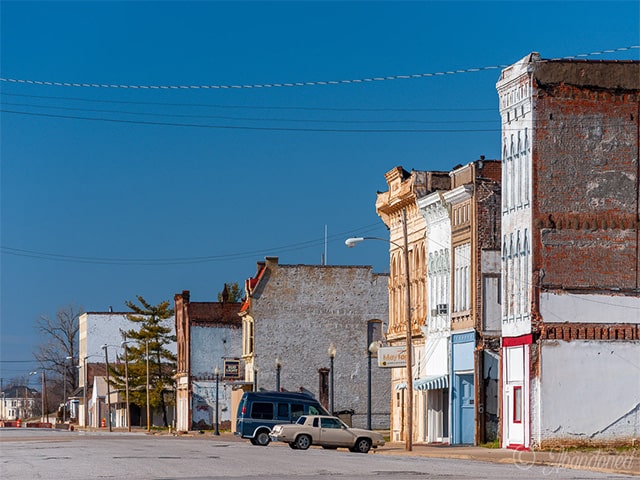
The city was turned into a huge military camp that included huge parade grounds and barracks that were scattered across every side. The fortified city soon attracted all the attention of entire nation as well as journalists who came to watch the army build-up and leading The New York Times to call Cairo in the title of “the Gibraltar of the West.”
The troops who were stationed at Cairo were not happy with the place. Despite the levees plains were very muddy and the city was susceptible to flooding. To make matters worse the sleazy business owners were often caught cheating and take away a number of soldiers. Cairo has been described to one of the soldiers as the following:
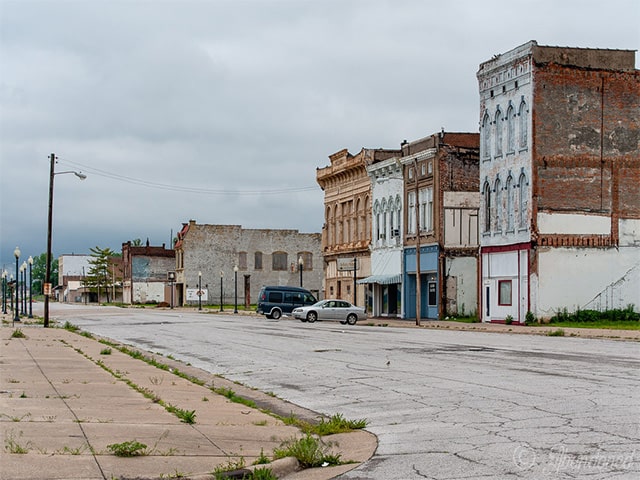
“I’ve seen hog pens that are palaces in comparison to our situation here.” In 1862, the renowned English author Anthony Trollope visited the city and wrote “the inhabitants seemed to revel in dirt… the sheds of soldiers… bad, comfortless, damp and cold.”
A variety of businesses were created for citizens and soldiers throughout the Civil War, including stables hospitals, stables, and a wheelwright’s store. There were a variety of saloons and brothels were erected on the west bank of the Ohio River, serving military employees until they were shut under the command of General John A.
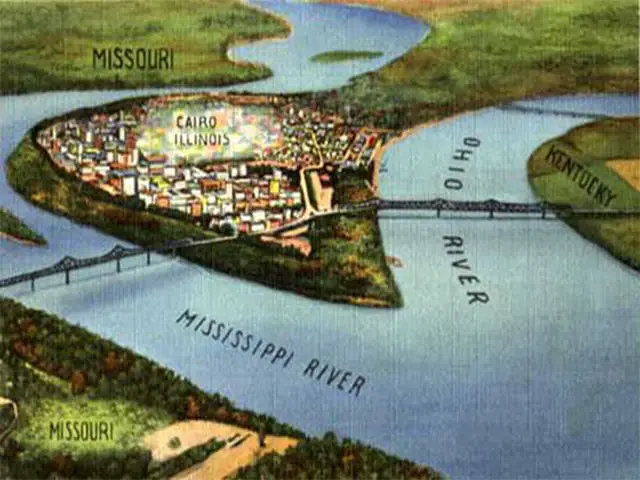
McLernand in October 1861. Along the Commercial Route, just to the west, were the operations of Koehler’s Gunshop and a drugstore and the city’s post office, and the well-known Athenaeum Theater as well as blacksmiths, and the harness shop. The huge parade grounds were situated a block to the south of this site.
Even though the city fortified was not attacked during the Civil War, it trained and sent thousands of soldiers that fought in various battles. The actual “war” in Cairo just would not begin until a century later.
Camp Defiance and the majority of the military structures were destroyed following the Civil War. Fort Defiance Park, an Illinois State Park, would be constructed on the area at Camp Defiance many years later.
The park, however is now the property of the City of Cairo. However, it’s neglected, overgrown and completely decayed. The park’s entrance road was inaccessible due to flooding when this article was composed (2010).
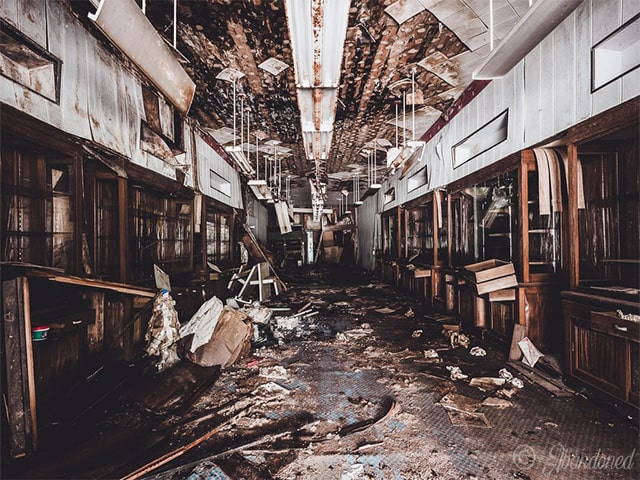
The introduction of thousands of runaway slaves, called “contrabands” by the government and radically changed the city’s social, socio-cultural, and demographic scene in the Civil War. Additionally, in 1862 in 1862, the Union Army detained a large amount of African-Americans in Cairo until officials of the government were able to determine what they should do about the prisoners.
The Army established an “Contraband Camp” for these numerous black women, men and children. When African-Americans could not find employment and were unable to afford farms, a lot of them went back home to the South and joined sharecroppers.
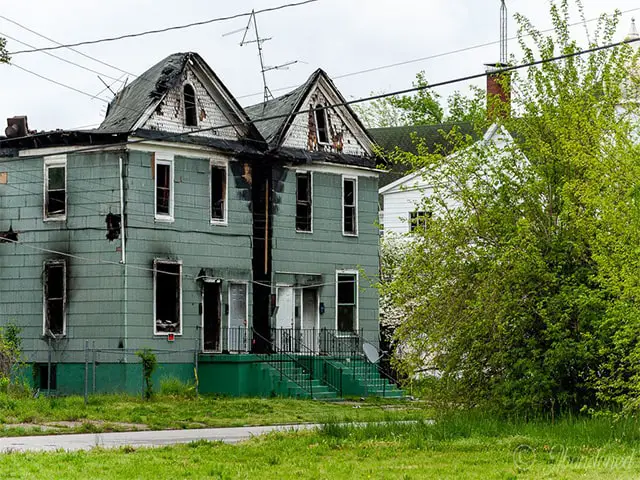
Following the conflict, the city was used as a place to huddle lots of liberated slaves who came to the South. A lot of them came back South or moved to other areas however, over 3,000 decided to remain in Cairo. The predominantly southern heritage that a majority the white population, coupled with the population of African-Americans, caused racial tensions which could last well over 100 years.
Over the next two years in Cairo, African-Americans joined forces to form an entirely new society with its own customs and traditions especially when they were confronted with racism and prejudice from white people.
In the meantime, Cairo grew as a consequence of the increase in river traffic. In reality there was so much transport that Federal Govt designated Cairo as an official Port of Delivery and began designing plans to build the United States Customs House. Alfred Mullett designed the building and also The San Francisco Mint, the US Treasury Building, and the former State Department building in Washington, D.C.
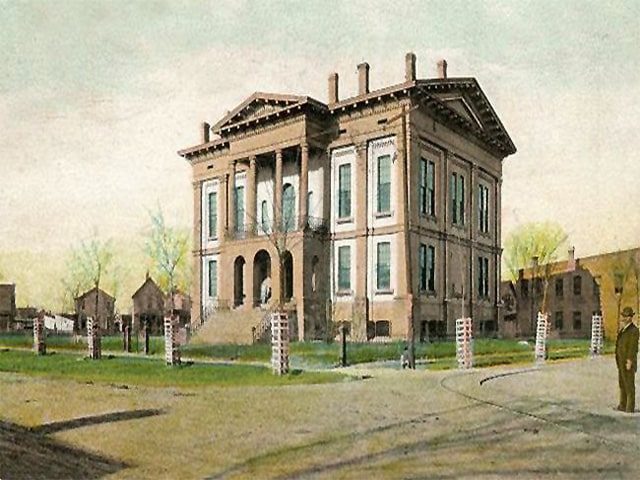
It was first opened on 1872 also had the U.S. Post Office on the first floor. It increased to the third position across the nation during that time because of connections to and from the new West. The second floor contained several government agencies, and the third floor was home to the Federal courtroom. The building is now known by the name of “Old Custom House,” and is now a museum listed on the National Register of Historic Places. It is located on 1440 Washington Avenue.
Magnolia Manor, which began construction in 1869 under Cairo commercialist Charles A. Galigher, was built in 1872. Prior to the time that when the Civil War began in 1861, Galigher was a prosperous early miller, who owned Chas Galigher & Co., Cairo City Mills, as well as a huge ice manufacturing facility. Galigher was also a close acquaintance of general Ulysses S. Grant, and also provided hardtack and flour to the Union Army during the war.
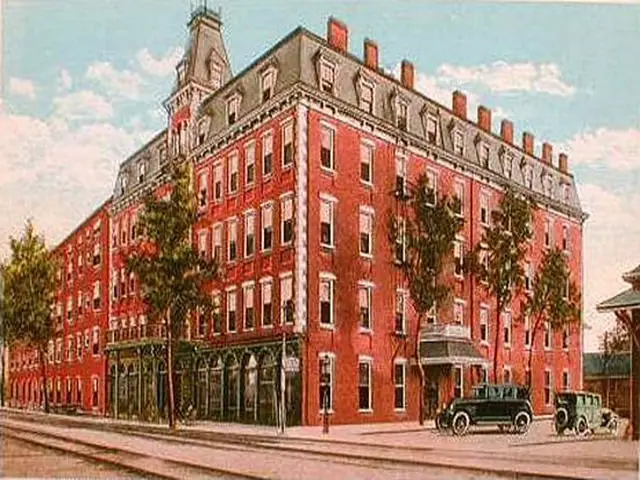
The Victorian home is an exquisite representation of the wealth of the period during the time it was constructed. The 14-room home was built using locally fired red brick, as with massive stones and wood trim. The verandas have been adorned with decorative cast-iron, while the intricate exterior cornice as well as eaves brackets were made from wood millwork.
Once it was finished the home was appreciated for its design and its setting. The walls were constructed of double bricks, with a ten-inch gap between them, to keep moisture out. The original gardens were enclosed by a tall white fence. Many plants were grown in the magnolia tree.

In the late period of the 1870s, this mansion grew to the top of the list as a notable social and cultural center. It reached its heights on the 16th of April 1880, when President as well as Mrs. Grant stayed for two days following their tour around the world. Following their visit and subsequent visits, the Galighers and the subsequent owners continued to host guests at the mansion, which was which was surrounded by magnolias.
The Cairo Historical Association purchased the mansion in 1952. It is now operating it as a museum located at 2700 Washington Avenue. In the month of December, 1969, the house became part of the National Register of Historic Places.
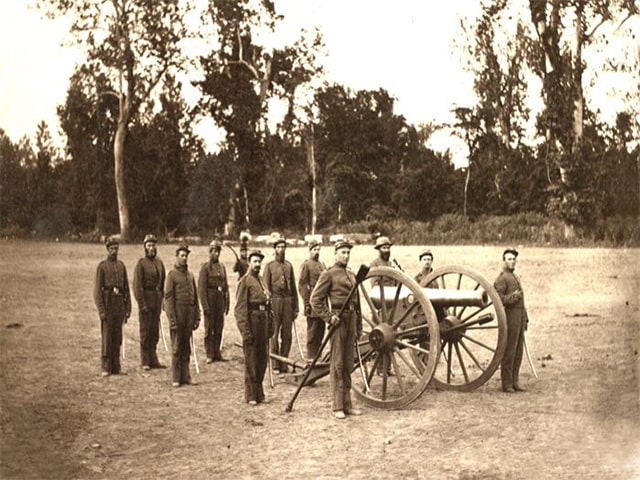
The street that runs alongside Magnolia Manor across the street from Magnolia Manor is Riverlore the largest 19th-century house constructed in the 19th century by William P Halliday. It also has an imposing Greek theater with columns. Cairo is the city of Cairo is now the owner of this mansion. It is listed on the National Register of Historic Places and is available to visitors for tours.
The entire residential area actually is as part of the National Register of Historic Places since it’s dotted with grand mansions on streets lined with magnolias, which bear witness to Cairo’s glory days as an important Mississippi River port. Many of these historical residences are located along Washington Avenue, which has long been referred to for its nickname of “Millionaire’s Row.”
Cairo’s economy expanded in various ways, mostly by manufacturing. Numerous businesses were attracted to Cairo due to its location in the middle of the desert and abundant natural resources and the large labor pool. They included barrel factories grain mills, breweries, sawmills, a producer of cottonseed oil clay plants brickyards, tool makers as well as the Singer Sewing Machine plant.
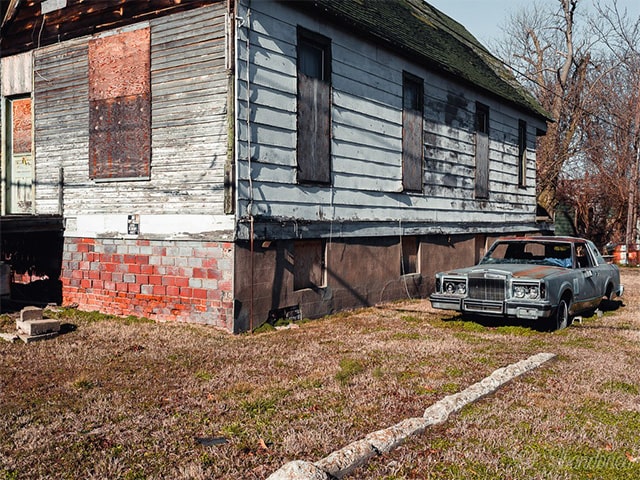
In the period of expansion during the period of expansion, most African-Americans were employed as untrained laborers, yet they did not hesitate to voice their opinions.
The majority of them taken part more successfully as white laborers in unions protests, strikes, and rallies. Black women were the majority employed in domestic services fighting for fairness in the workplace, by voicing their displeasure at those employed by white companies’ exploitation demands.
The black community initially supported their Republican Party until they realized that white Republicans opposed demands from blacks for equal education as well as government jobs and more black lawmakers. White people reacted by reaffirming their supremacy as whites by the use of law as well as customs and sometimes, violence.

The entire neighborhood of residential homes is as part of the National Register of Historic Places because it is dotted with grand mansions on streets lined with magnolias, which bear witness to the glory days of Cairo as the city’s Mississippi River port. Many of these historical houses are situated on Washington Avenue, which has been known for a long time by the name of “Millionaire’s Row.”
The economy of Cairo grew in different ways, mostly by manufacturing. Numerous businesses were attracted to Cairo due to its convenient geographical location, abundance of natural resources, and a large labour pool. This included barrel factories, grain mills, breweries the lumber mills cottonseed oils manufacturer, pottery plants brickyards, tool makers, and an Singer Sewing Machine plant.
In this time of expansion during the period of expansion, most African-Americans were employed as untrained laborers However, they did not hesitate to voice their opinions.
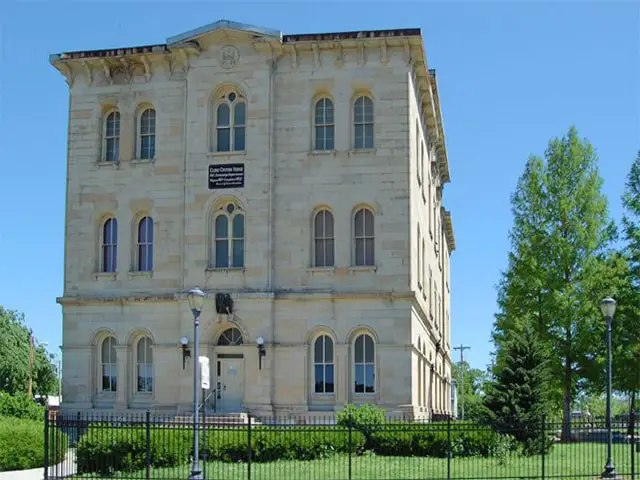
They were noted to have been more active as white laborers in unions protests, strikes, and rallies. Black women were the majority employed in domestic services and other jobs, fought for justice in the workplace by protesting against those employed by white companies’ exploitation demands.
The majority of blacks initially backed their Republican Party until they realized that white Republicans opposed the demands of blacks for equality in education, more government jobs and more black lawmakers. White people reacted by reaffirming their supremacy over whites through the use of laws or customs, and sometimes, violence.
In the following years, railroads started to pass through the city, creating severe problems due to water seepage onto the land that was low. The issue was so serious that one of Cairo’s mayors stated that it was the greatest problem that could hinder the city’s development.
Many residents began to view their community as a failing, and even newspaper editorialists reported that businessmen prefer to rent over buying houses: “They preferred to rent because they regard their stay in Cairo as temporary.”
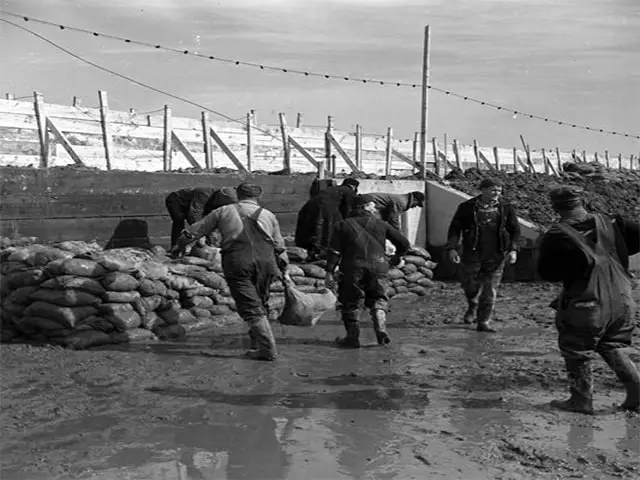
The initial decade of Cairo’s 20th-century history was as well marred by a violent incident that occurred on the 11th of November 1909. That day, Cairo was the site of one of the most horrific murders in American history. On that date, a crowd of thousands brutally killed a black man whose name was Will James, who was accused of killing a woman in a store and a white man whom was accused of murdering his wife.
Do you think “Froggy” return? James the man, who is African-American was arrested for the murder and rape of Annie Pelley, a white 22-year-old store clerk from Cairo. An initial report revealed that James confessed to the crime and implicated an accomplice identified as Alexander.
Despite the fact that individuals demanded an urgent investigation, the courts delayed the trial. The local Sheriff, who was anticipating danger was forced to keep James hiding in the forest for two days in the hope of securing his son from the wrath of the town’s residents. The angry citizens however were able to track James into the woods around Belknap, Illinois, about 29 miles to the northeast of Cairo.
The mob of angry citizens forcibly took James out of Sheriff’s care and took James home to Cairo. James was later taken to the most prestigious town square, 8th and Commercial Street and was then executed before thousands of cheering fans. “I killed her, but Alexander took the lead,” the man was reported to have said as the rope had been snared around James his neck.
The crowd cheered and yelled, “We don’t want to hear him; string him up; kill him; burn him.” At 8:20 p.m., James was hanging by an arch. The rope broke but the arch was not able to hold it, James was riddled with bullets. The body was then carried through a mile rope to the scene and was then burnt before at least 10,000 people.
There were numerous women in the crowd, a few who were involved in hanging the body and then dragging it. His remains were then chopped into souvenirs and the rest were burnt. The burned head was put on a post within Candee Park, near the intersection of Washington Avenue and Elm Street. There was nothing but bones left of his body in the following morning.
A portion of the mob began to search for James Alexander, James’ alleged accomplice Alexander with bloodlust in full swing. They didn’t seem to find him, if an individual ever existed. The other half of the mob went to the county jail in which they spent nearly an hour banging on the cells of a man identified as Henry Salzner.
Salzner is a photographer in the local area was indicted on August 1st with the murder of his wife by ax. The prisoner pleaded to be forgiven while declaring the innocence of his wife, but unsuccessful.
The prisoner was led onto a telephone pole on Washington Avenue and 21st Street when the bars let go. He was killed in the 11th minute of 11:15 p.m. Then, his body was sprayed with bullets following his death. The body of Salzner was found in the streets the following day, and was claimed by his father.
The mob continued to be enraged and only when the Governor Charles Deneen dispatched eleven companies of the National Guard to Cairo was the order reinstated. The mob by the time dawn came around, it was gone, and only a handful of people were still lingering in the streets looking for Alexander. A large number of people were still able to search for Alexander along the riverfront by breaking into freight cars hoping to find Alexander.
The Mayor and the Chief of Police were guarded at their homes during the chaos caused by the mob in the face of a raged mob that threatened to kill them.
In the following year, 1910, a deputy sheriff was killed when he tried to hang a black man accused of theft of a white woman’s purse. It was then that the National Guard was called in for the second time in 1910, and martial law was enforced until the order was restored.
Let’s do a quick recap.
The alleged murder by police of a teenage Black soldier who was on vacation at Cairo around the middle of the 1960s led to protests and riots. in the mid-1960s, the National Guard was briefly activated.
To counter perceived threats coming from the Black community the white community constituted”the “White Hats,” a civilian militia. It was clear that the group was more focused on the suppression of Black protesters than making the community better in general.
The racial turmoil and economic miscalculation remained and the entire city of Cairo slowly deteriorated over the following years. Many of Cairo’s Black citizens retreated to more modern cities.
Numerous business owners, as with a handful of major industries, were forced close their doors due the financial strain. The population of the town had decreased from 15,000 in the 1920s and slowed to 6000 by the mid-80s. In 2010, the number had fallen to around 22,000.
The city’s government has attempted to rejuvenate the city by implementing the now-race-integrated historic preservation programs however, most of them have not succeeded. The only remaining cultural institutions that remain are a few owned by the state Victorian manors, as well as The Cairo Public Library. The majority of the Cairo is empty.
Before you leave, read
There’s an Mississippi bridge that runs to the northwest, one that comes out from the south and one that comes in through the East. Route 51 will take you straight through the town.
Read another Article from us: Brendon Grimshaw: An 87 Years Old Real life Robinson Crusoe lives on Moyenne Island once Abandoned.

